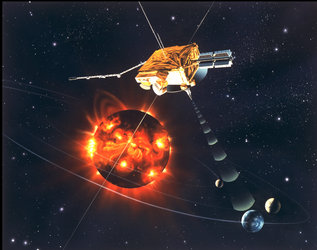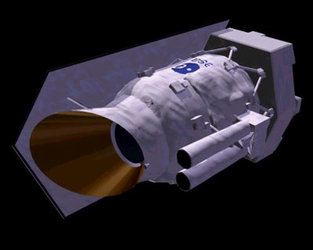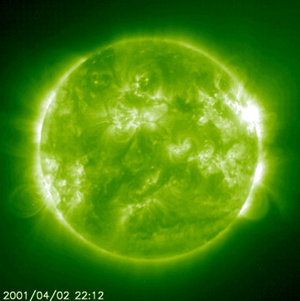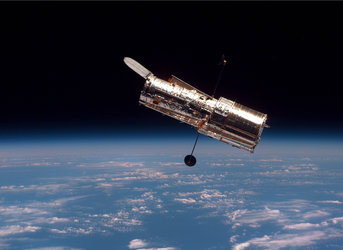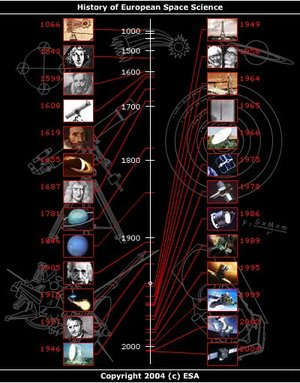7 April
1993: On 7 April 1993, the First European Space Debris Conference was held in Darmstadt, Germany.
It gathered together 251 world experts from 17 countries including China, India, Japan, Russia and the USA.
The main conclusions of the conference were that ground based observations with radar and optical facilities revealed the existence of about 7000 objects in space, which did not represent an immediate danger. However, adequate actions had to be taken in order to keep the debris hazard for manned and unmanned missions within safe limits.
Clean up of debris was neither technically practical nor economically feasible. The thrust of the action had to be towards preventing the creation of debris. Several preventive measures were identified and implemented in space activities, such as releasing residual propellant in rocket upper stages to preclude a subsequent explosion generating many fragments, and the re-orbiting at higher altitudes of geostationary satellites at the end of their mission in order to avoid collision with operational satellites.
It was agreed that the space debris problem could only effectively be solved by international co-operation.
1959: On 7 April 1959, scientists at Stanford University, USA, obtained radar echoes from the Sun.
This experiment was possible only because of the availability of facilities built up at Stanford for several different research programmes. A Collins FRT-22 transmitter with 40 kilowatts of output power was operated at about 25.6 Mhz. The transmitter was pulsed on and off alternately throughout a time interval of 15 minutes, each on and off period lasting 30 seconds.
The travel time of a radar pulse to the Sun and back to the Earth is about 1000 seconds. At the end of the transmitting period of 900 seconds, an antenna was connected directly to the receiving system, and the transmitter and pulsing circuits were turned off.
The receiver was tuned to the transmitted frequency and the output was recorded on magnetic tape for later detection and analysis.
648 B.C.: On 6 April 648 B.C., the earliest total solar eclipse chronicled by Greeks was observed.



